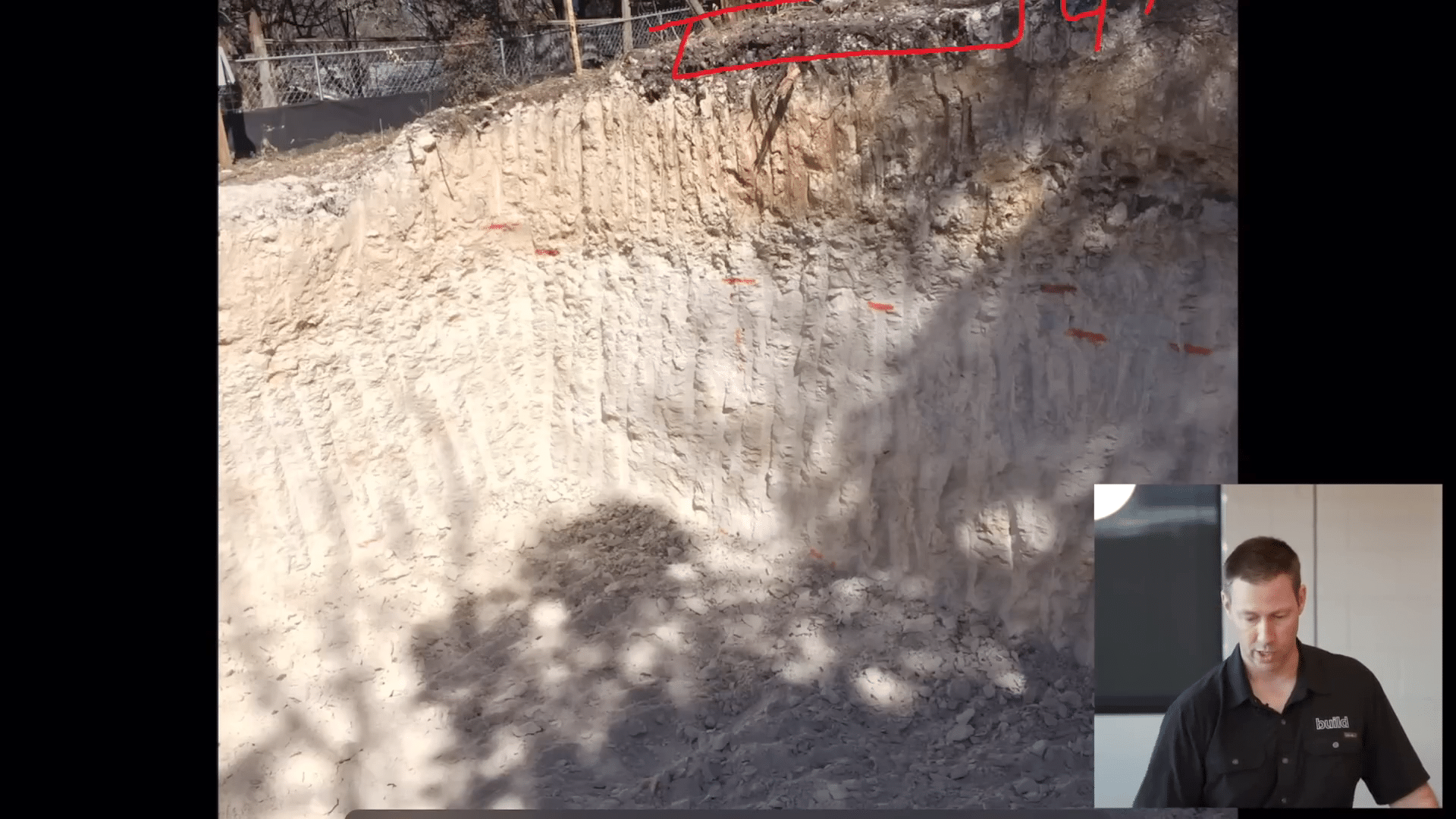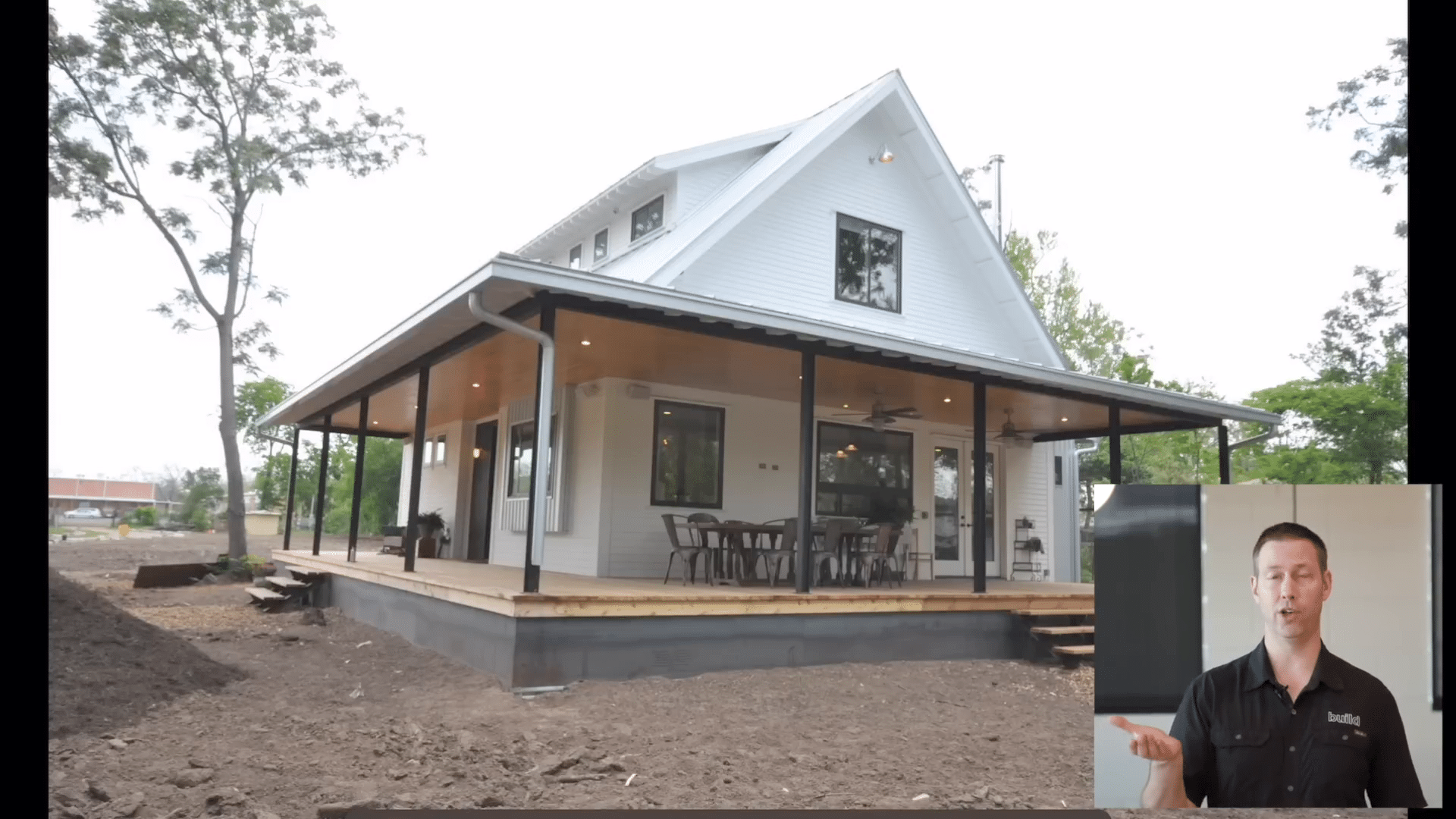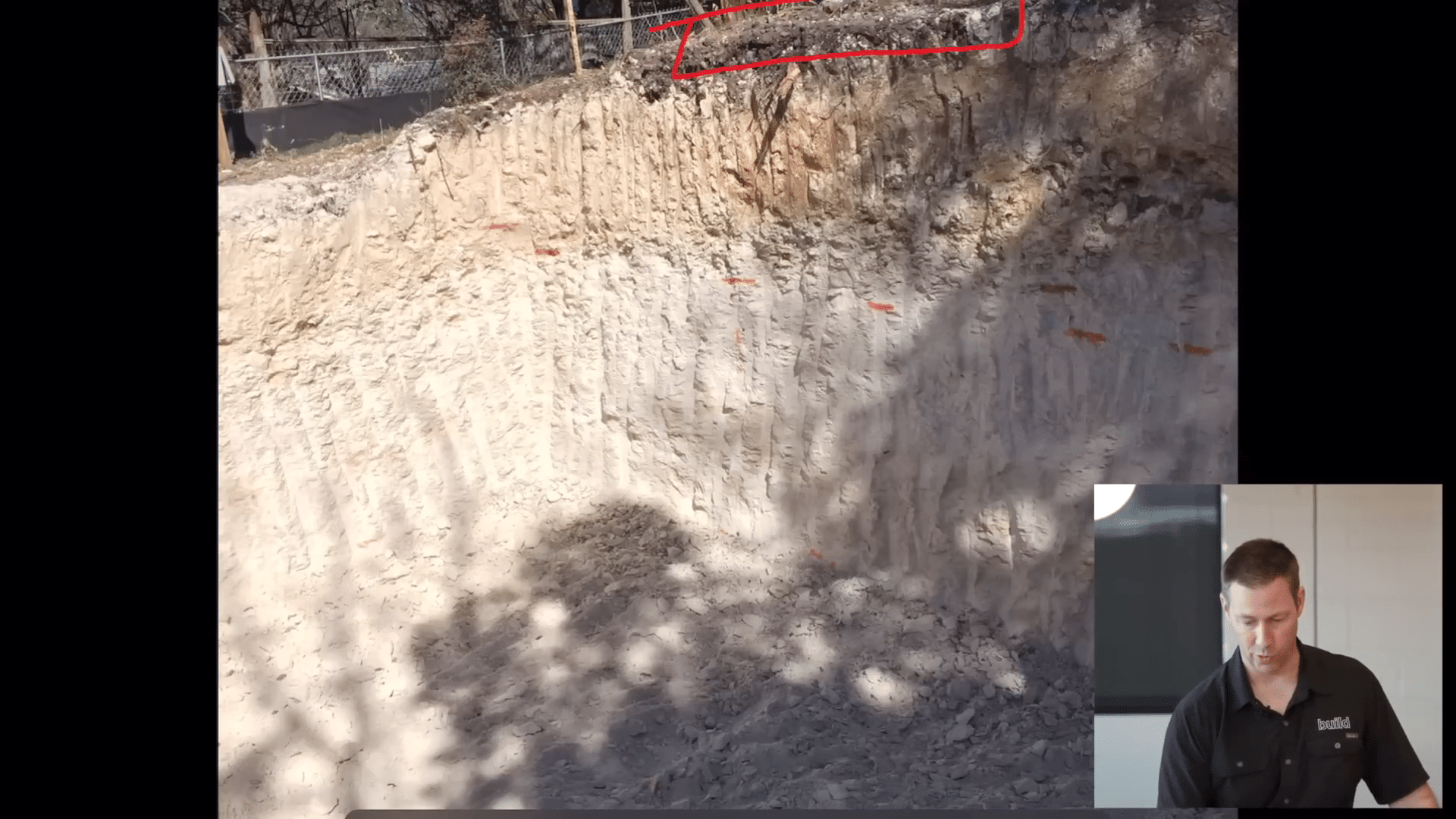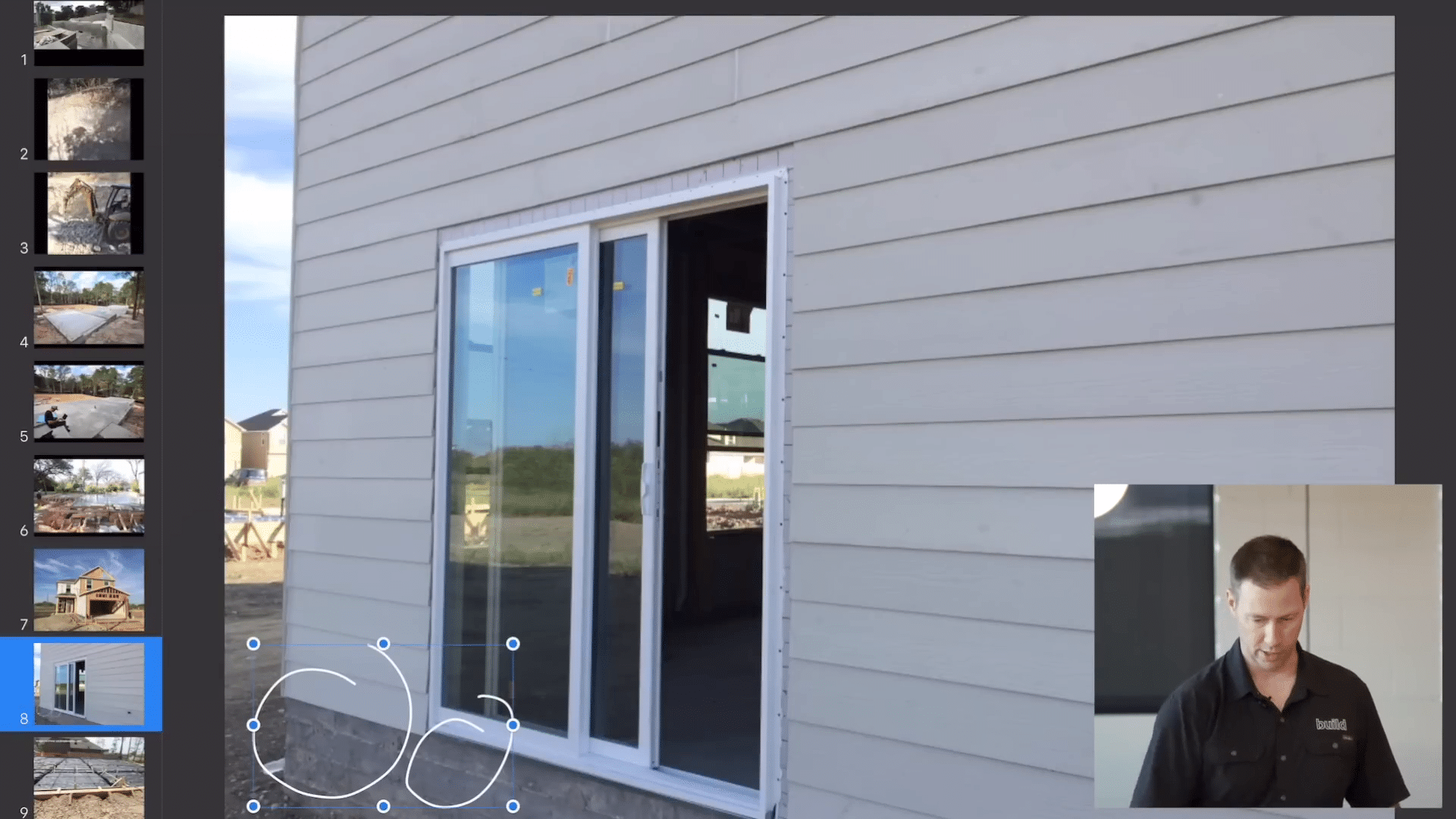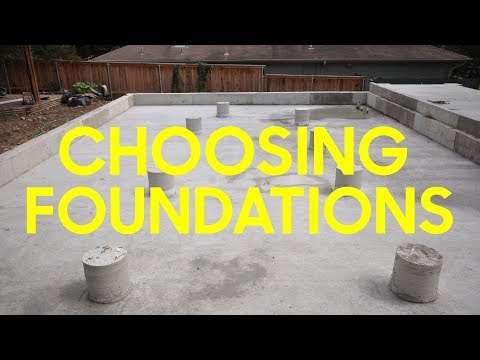Comparing Slab on Grade and Pier and Beam Foundations: Key Differences and Considerations
Home » Structural » Foundation »
Understanding the Differences Between Slab on Grade and Pier and Beam Foundations
In Austin, Texas, a new construction project is underway featuring a slab on grade foundation—a common choice for homes built in the southern United States over the last couple of decades. This type of foundation involves pouring concrete directly onto the ground, forgoing a basement or crawlspace. While highly prevalent, slab on grade foundations are not universally optimal. For homeowners considering new builds, a closer examination of slab on grade and pier and beam foundations can provide valuable insights into which might be the best fit for their needs.
Slab on Grade Foundations: Advantages and Challenges
Slab on grade foundations are straightforward and durable. Typically, they are chosen for their simplicity and robustness. The concrete slab can even serve as a finished floor with the right treatment, such as polishing or tiling. One significant advantage is the foundation’s resilience. If constructed correctly, slab foundations are exceedingly stable with minimal movement or changes over time. Additionally, there are fewer water-related issues and no critters or pests inhabiting the space beneath the house.
However, slab on grade foundations come with their own set of challenges. Repairing or upgrading these foundations can be particularly difficult. For instance, fixing plumbing issues may require jackhammering the concrete, which can be labor-intensive and disruptive. There are also specific types of slab on grade foundations, such as post-tensioned slabs and rebar slabs. Post-tensioned slabs employ cables tensioned after pouring the concrete, minimizing cracking but complicating future modifications. If a cable is cut, repairs become extremely complex. On the other hand, rebar slabs use a grid of steel reinforcement bars, which provide strength and durability without the same level of complication when repairs are needed.
Pier and Beam Foundations: Flexibility and Practicality
Pier and beam foundations offer a different approach, involving individual concrete piers that support a framework of beams. This setup creates a crawlspace beneath the house, which can be either conditioned or unconditioned. Conditioned crawlspaces, essentially short basements, are insulated and can be air-conditioned, offering an additional buffer against temperature fluctuations. Unconditioned crawlspaces, typically vented, are simpler and more traditional, providing easy access for repairs and upgrades.
One notable benefit of pier and beam foundations is their ease of insulation. Multiple methods, including closed-cell spray foam, can be used to insulate these spaces effectively. Furthermore, because pier and beam houses have a crawlspace, accessing plumbing or electrical systems for repairs or upgrades is significantly easier and less invasive compared to slab on grade foundations. This accessibility is a considerable advantage for homeowners planning future modifications or upgrades.
Comparing Construction and Maintenance
The construction processes for these two types of foundations are notably different. Slab on grade foundations are typically poured in one go, often using concrete pumps to distribute the material. Ensuring a smooth finish and proper curing is critical for the slab’s longevity. In contrast, constructing a pier and beam foundation involves drilling piers deep into the ground until they reach stable rock, then establishing a beam framework on which the house will sit. While this process can be more labor-intensive initially, it offers long-term flexibility.
Maintenance is another area where these foundations differ. Slab on grade foundations, being monolithic, are harder to alter or fix. Any significant issues usually require extensive work. On the other hand, pier and beam foundations make modifications straightforward, as the crawlspace allows easy access to the home’s underpinnings. This feature not only simplifies repairs but also makes these homes easier to retrofit for modern conveniences or expand with new additions.
Special Considerations
Local soil conditions and climate play crucial roles in determining the most suitable foundation type. Slab on grade foundations are ideal for stable soil with minimal risk of movement, making them popular in temperate climates like those found in the southern U.S. However, they are less common in areas with significant frost lines or unstable soil. In such conditions, foundational movement can lead to cracks and other structural issues over time.
Pier and beam foundations, by contrast, are more adaptable to various soil conditions. Their design allows for better handling of soil movement, making them preferable in areas with clay-rich or shifting soils. Moreover, pier and beam houses are easier to elevate, which can be crucial in flood-prone areas. This adaptability makes them a versatile choice for many locations.
Comfort and Livability
Beyond structural and practical considerations, the comfort of living in a home with a particular type of foundation is also important. Homes with pier and beam foundations often have a more forgiving feel underfoot. The wooden frame provides a slight give, reducing strain on joints compared to the unyielding nature of concrete slabs. This can make a noticeable difference in long-term comfort, especially for those who spend a lot of time on their feet.
Additionally, the ability to condition the crawlspace in a pier and beam home offers potential energy efficiency benefits. Properly insulated and air-conditioned crawlspaces can help maintain consistent indoor temperatures, reducing heating and cooling costs. This is an advantage that slab on grade foundations cannot easily replicate.
Final Thoughts
Choosing between slab on grade and pier and beam foundations involves weighing various factors, including soil conditions, ease of maintenance, and personal preferences for comfort and flexibility. While slab on grade foundations are straightforward and robust, their lack of flexibility can pose significant challenges for repairs and upgrades. Pier and beam foundations, though potentially more complex to construct initially, offer long-term benefits in terms of accessibility, insulation, and adaptability.
Ultimately, the decision should be informed by a thorough understanding of the specific conditions of the building site and consultation with experienced professionals. Soil engineers and structural engineers can provide crucial insights that ensure the chosen foundation type will support a durable and comfortable home for years to come.
